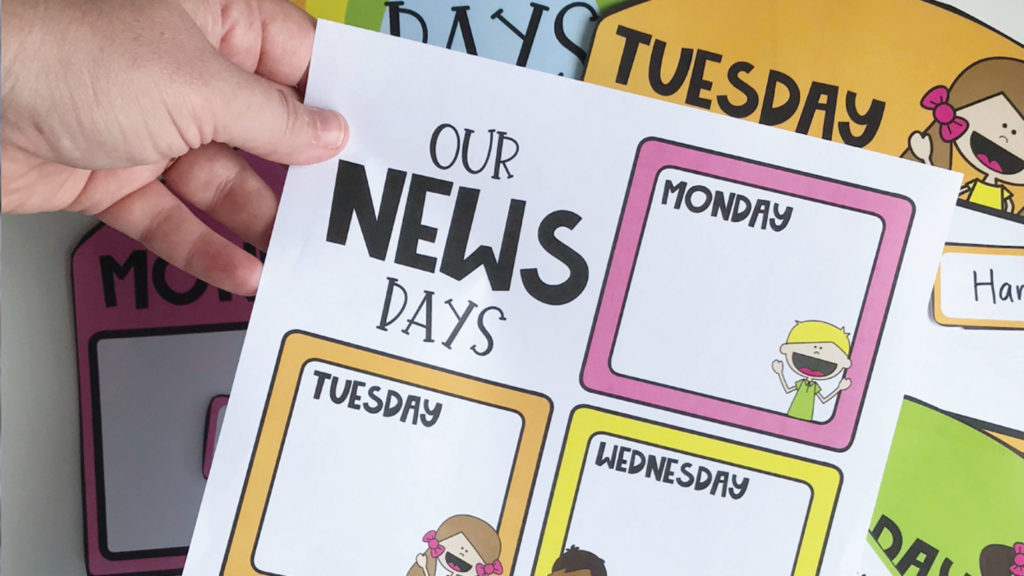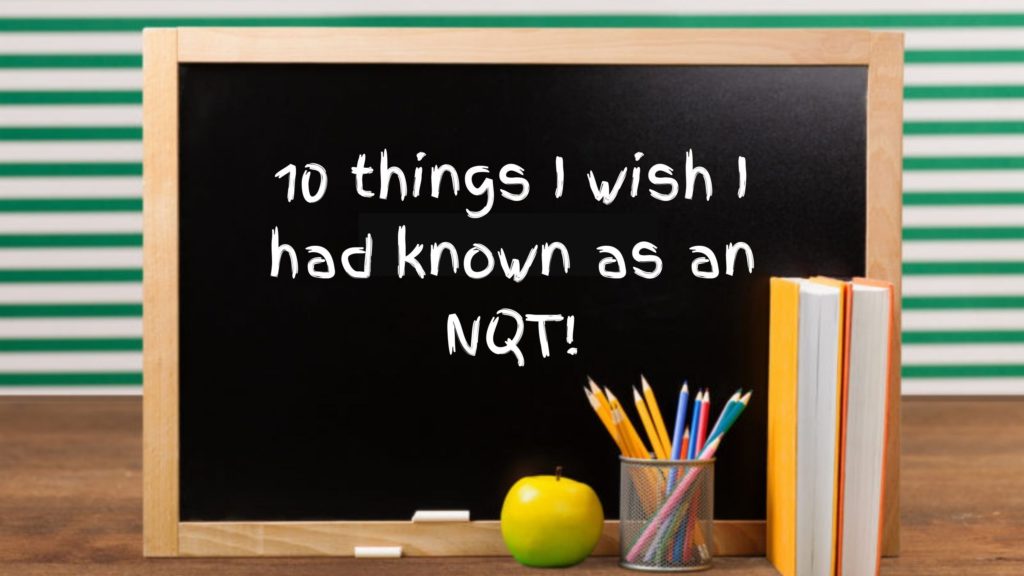Supporting your new class of 30 students!

You now have 30 new children to educate; this can only be done effectively if you get to know them individually and begin the process of engagement and developing mutual respect and trust.
Quite a daunting thought and quite a journey! There are however some really easy tasks and activities that can be done to start the process and begin the walk along this path.
Here are some of my top teacher tips to help you with the initial setting up of the classroom and establishing your narrative and opportunities of getting to know your class.
The first couple of days of the new academic year are all about setting up the systems and expectations for your classroom.
“We are with one another for the next 10 months so putting the work in at the beginning of the year will pay dividends later on in the weeks to follow.”
From then it is all about making these systems and expectations meaningful to your pupils by being consistently applied and followed.
Below are a number of tasks and activities that I have found useful during the initial process of ‘bonding’ with my class and forming the relationships.
1. Get the names right!
Make sure you pronounce each and every name correctly – names are important and knowing how to say it as the person would like to hear it said is key!
Give each of the children their register number from the order they are written in. Put them in a long line around the classroom in that order and then have the children say their names when you take the register for the first few days so that you can hear – from them directly – how to say their names.
This will also ensure they know the register order that you could use as a line order when you need to use one (I used a line order all the time to reduce the fuss!).
Have the line order visible in the classroom to support any pupil who may not remember their space and also any new staff who may be working with them. This avoids any issues of place swapping!
2. Write down the order of your day
Have written down your order of the day on the smartboard; use pictures to help and make sure that you outline at the very start of the day, what the children should expect!
Knowing what subjects are being taught, a brief outline of the area of study and knowing when the breaks are and any other events, makes individuals feel secure and better prepared.
It is also useful to put any other adults that may be in and out of the room team teaching, cover teaching or supporting!

3. Schedule 5 minutes of “talk time”
Spend 5 minutes at the beginning of the day to have a talk time; use a rota so all pupils have the opportunity and aim to have 2 students per day sharing a news item.
Give the 2 ‘news readers’ a card, with the task and expectations clearly outlined the night before so that they can take home so that families know it is their child’s turn the next day.
Limit it to a couple of minutes each. It will give you a great insight into the children’s likes and knowledge and what they are interested in. This also enables time for speaking and listening and you can film the process to put in your bank of resources.
These films can then be played back at the end of the year as a review of classroom work completed.
4. Create a class reading space
Have a class novel or selection of books that you will read to the class every day. The class novel can be read when the pupils are getting changed for PE, tidying up for home time, cutting and sticking in any work sheets or when you have them on the carpet before breaktime or assembly.
“…reading to children creates a calm and relaxing space within a classroom. The written word being spoken is mesmerising and children get transported to other worlds where current time and place is forgotten.”
The atmosphere in a classroom changes and it is truly a bonding time. It also is incredibly powerful at reducing the noise within the class and children regulate their activity to hear the story; often self-correcting one another.
5. Observe your class
Take time to observe your class working. Set up a task that is fairly independent and does not involved too much chatting once the task is underway.
Look at how the pupils work; which children are left handers? Do any have problems reading from the smartboard and copying the date, title and learning objective? This information can help you organise seating arrangements and also to indicate any pupils who may need to be referred for an eye test or to be remined to bring in their glasses each day!
Knowing your left and right handers is also important for where they should sit: left handers on the left and right on the right of a table so that elbows do not clash.
Having a list of pupils who should wear their glasses and for which activity will enable you to know and remind when necessary. This will also help support the families who may be struggling to enforce their use!

6. Make time for each and every pupil
During any one week, make sure that you work with each and every child; this can be achieved by timetabling yourself to support a different group during a class session.
Make sure it is not just the higher achievers that you spend time with. Often the lower ability pupils and any SEN pupils are supported by a teaching assistant or other adult.
“All pupils need teacher time and all pupils equally need the opportunity to work in mixed ability groups as well as friendship groups.”
Plan for these learning opportunities and ask the pupils to list their own ‘dream’ group. The answers can then be a point of discussion and can give a real insight into the dynamics of a class!
Watch out for my upcoming blog posts that will look at further tasks and activities to make sure the process of engagement and developing mutual respect and trust continues.








Responses